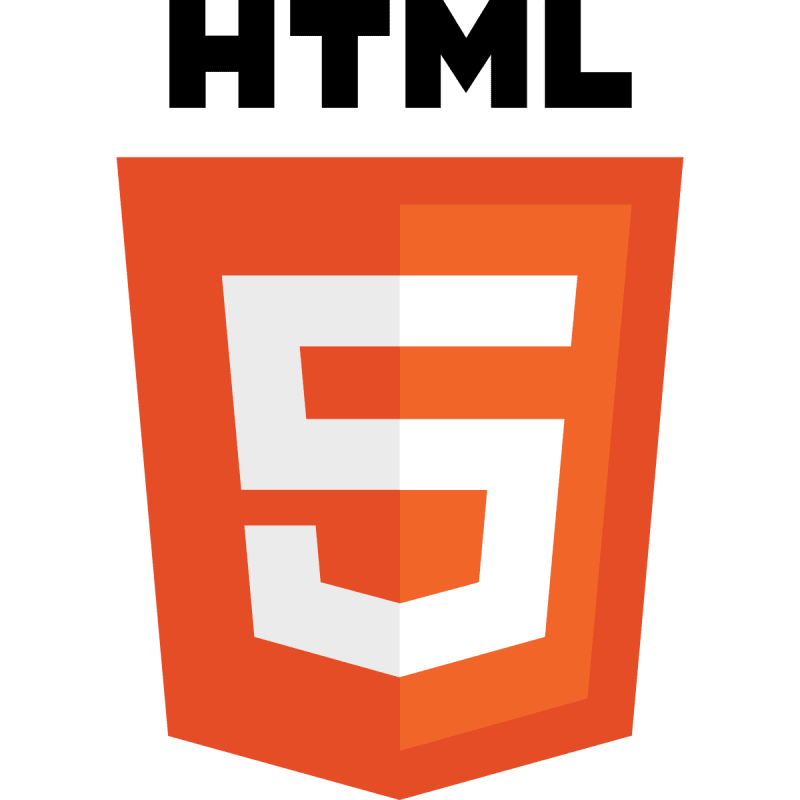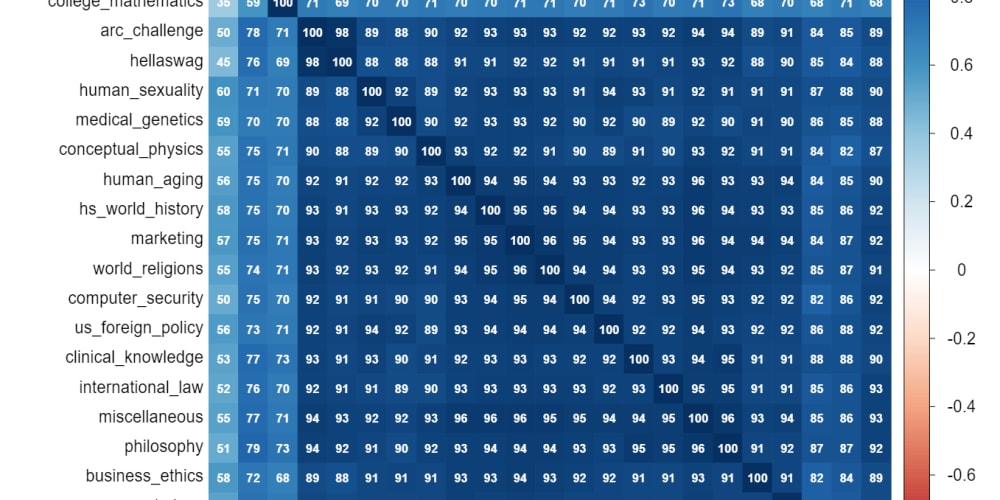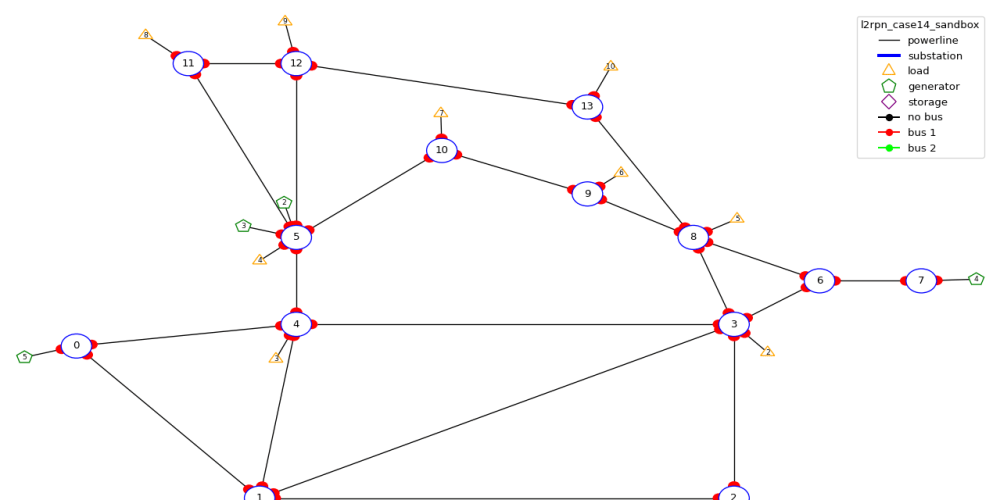<!DOCTYPE html>
My Web Development Journey at 13: From Beginner to Builder
<br> body {<br> font-family: sans-serif;<br> margin: 0;<br> padding: 20px;<br> }<br> h1, h2, h3 {<br> color: #333;<br> }<br> code {<br> background-color: #eee;<br> padding: 5px;<br> border-radius: 3px;<br> }<br> img {<br> max-width: 100%;<br> height: auto;<br> }<br>
My Web Development Journey at 13: From Beginner to Builder
At 13, I was captivated by the internet. I spent hours browsing websites, playing games, and connecting with friends online. But what fascinated me most wasn't just consuming content, but understanding how it was created. I wanted to know how these intricate websites came to life, how they responded to my interactions, and how I could build my own digital world.
This curiosity led me down the path of web development, a journey that began with a mix of excitement, frustration, and a whole lot of learning. Looking back, I realize that this early exploration wasn't just about building websites; it was about nurturing a passion for problem-solving, creativity, and the power of technology.
My First Steps: HTML, CSS, and the Magic of Building
My initial foray into web development started with the fundamentals: HTML and CSS. I remember the thrill of creating my first basic webpage, a simple structure with a few lines of text and an image. The satisfaction of seeing my code come to life on the screen was incredible.
Here's a snippet of that early code:
<!DOCTYPE html>
<html>
<head>
<title>
My First Webpage
</title>
</head>
<body>
<h1>
Welcome to my website!
</h1>
<img alt="My image" src="my_image.jpg"/>
</body>
</html>
HTML, the foundation of web pages, defines the structure and content. CSS, on the other hand, adds the visual styling – fonts, colors, layouts, and animations. I spent countless hours experimenting with these languages, learning how to arrange elements on a page, add text formatting, and create simple effects.


This early stage of learning was marked by constant experimentation and trial and error. I'd scour the internet for tutorials, copy code examples, and try to understand how everything worked together. Each successful creation, from a simple webpage to a more complex layout, fueled my motivation.
The Power of JavaScript: Interactivity and Dynamic Websites
As I progressed, I realized that HTML and CSS, while essential, could only create static webpages. To make websites truly interactive and engaging, I needed to learn JavaScript. This was a whole new level of complexity, involving programming concepts like variables, loops, and functions.

JavaScript allowed me to add dynamic behavior to my pages. I could create pop-up windows, image carousels, interactive forms, and even simple animations. Here's a simple example of a JavaScript function that changes the color of a text element:
function changeColor() {
document.getElementById("myText").style.color = "blue";
}
This code defines a function called 'changeColor' that finds an HTML element with the id "myText" and changes its color to blue. The function could be triggered by a button click or another user event, making the website interactive.
Exploring Frameworks and Libraries: Building Complex Web Applications
As my skills grew, I started exploring frameworks and libraries that made web development more efficient and streamlined. Frameworks like React and Angular provided pre-built components, patterns, and tools that simplified complex tasks and accelerated development. Libraries like jQuery offered handy functions for DOM manipulation and event handling.

For example, with React, I could build reusable components like navigation bars, buttons, and data displays. These components could be easily integrated into various parts of my web application, promoting code reusability and efficiency.
The Importance of Learning Resources and Communities
Throughout my journey, online resources played a crucial role in my learning. Websites like W3Schools, freeCodeCamp, and Codecademy provided countless tutorials, exercises, and interactive lessons that helped me grasp new concepts and practice my skills.


Furthermore, online communities like Stack Overflow became my haven for finding answers to my coding questions, getting feedback on my projects, and connecting with other developers. The support and knowledge shared within these communities were invaluable.
Building My Portfolio: Showcase Your Skills
As I gained more experience, I realized that building a portfolio was essential. This online collection of my projects allowed potential employers or clients to see my skills and creativity firsthand. I built various projects, ranging from simple personal websites to more complex interactive applications, each showcasing different aspects of my abilities.
Creating a portfolio isn't just about displaying your work; it's also about demonstrating your ability to problem-solve, learn new technologies, and adapt to different challenges. Each project in your portfolio is a story that tells a potential employer about your journey as a developer.
From Passion to Profession: The Journey Continues
My journey into web development started as a 13-year-old with a fascination for how the internet worked. Today, it's transformed into a career path fueled by a passion for creating and building. While the journey has had its ups and downs, the constant learning, problem-solving, and creativity have made it incredibly rewarding.
Key Takeaways and Best Practices
-
Start with the fundamentals: Master HTML, CSS, and JavaScript. These are the building blocks of web development.
- Embrace continuous learning: Web development is a dynamic field. Stay updated with the latest trends, technologies, and best practices.
- Build a portfolio: Showcase your skills through real-world projects.
- Join online communities: Connect with other developers, ask questions, and learn from their experiences.
-
Never stop exploring: Experiment with new frameworks, libraries, and tools. Embrace challenges and push your boundaries.
My journey as a web developer began at a young age, fueled by curiosity and a desire to create. It's a journey that continues to evolve, filled with opportunities to learn, innovate, and make a real impact in the digital world.


















